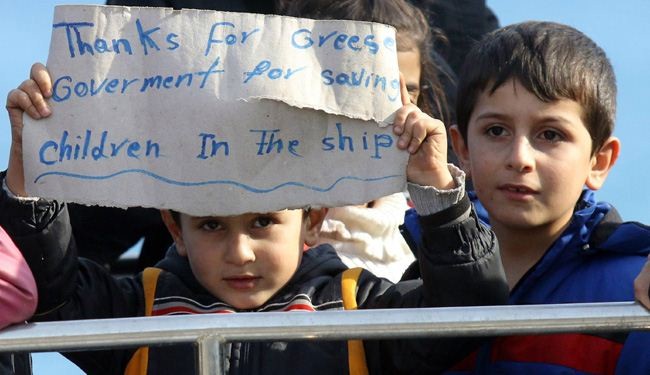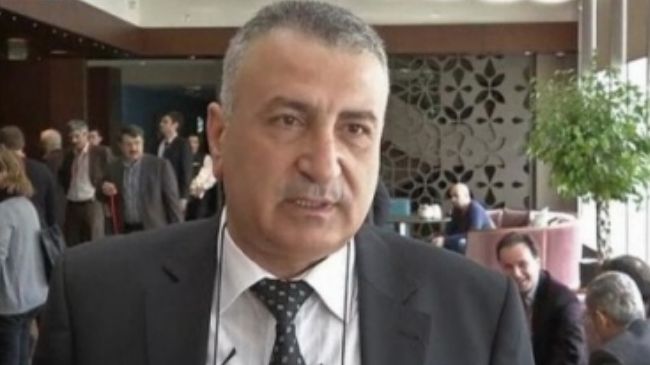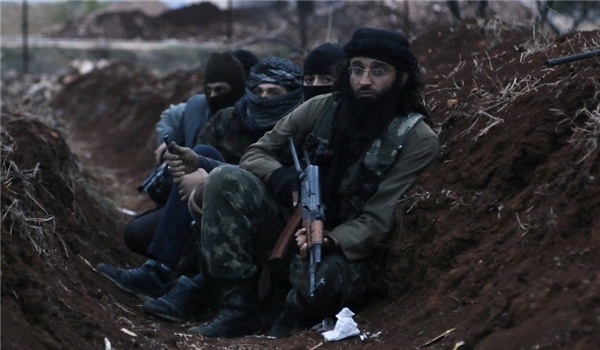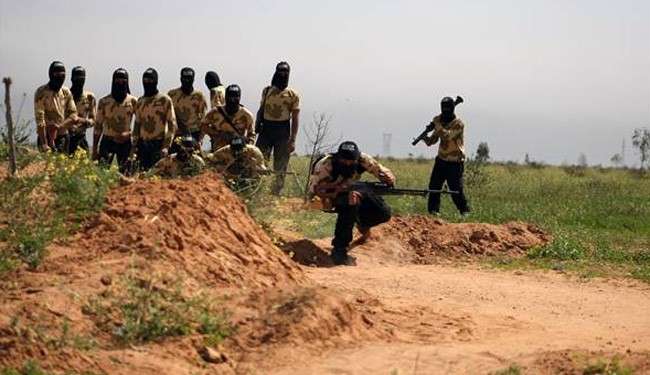After Week of Wandering at Sea, Refugees Sheltered on Crete

Nearly 600 men, women and children, mostly refugees from Syria, have been temporarily put up in the southern Cretan town of Ierapetra, where they arrived in a crippled smuggling ship after more than a week at sea.
Red Cross volunteers issued warm meals and clothing Friday, while authorities are trying to establish which of the migrants are Syrians, who qualify for refugee status.
These will be allowed to leave a basketball arena where all the migrants are kept under police guard, with the option of unrestricted travel.
Officials say about two-thirds of the migrants are Syrians. There were 80 children, 150 women and 361 men on the 77-meter (250-foot) Baris freighter, which was towed to Ierapetra Thursday, two days after losing engine power off Crete.
Cargo ship Baris carrying immigrants during a rescue operation by hellenic Coast guard and defence ministry off the Crete island. A coastguard spokeswoman had earlier told AFP that the Kiribati-flagged freighter Baris was adrift some 30 nautical miles (56 kilometres) southeast of Crete since early Tuesday.
In brief interviews while being shepherded away by police, many said they had fled violence by militants from the ISIS group in Syria or Iraq.”They attacked us and killed our people, so we came here to save ourselves,” said one man who said he was from Iraq.
He only identified himself by his first name, Mohaned, to protect his kin, who stayed behind, from retribution.
He and another migrant said they were from Sinjar, where Kurdish forces are now massing to break the siege imposed on Yazidi families there.
Thousands of minority Yazidis were left trapped in the Sinjar mountains in northern Iraq after militants attacked their homes in August this year.
Another who identified himself as Qassim, from the besieged northern Syrian town of Kobani, said he and his family had spent 11 days on the Baris.
One young woman knelt and kissed the rough harbour concrete, and a child held a piece of cardboard that read: “Thanks for Greece government for saving children in the ship.”
It was one of the largest single crossings of its kind in recent years. Tens of thousands of people fleeing war and poverty in Africa and the Middle East risk the journey to Europe every year, paying smuggling gangs to transport them in usually unseaworthy craft ranging from dinghies to aging rust-buckets.
Most end up in Italy. According to Greek security and health officials, about 500 of the migrants said they were Syrians. One official involved in the operation said the passengers had been charged 2,000 to 6,000 US dollars to be taken to Italy, and about 20 suspected smugglers were arrested on the ship.
According to the latest figures from the UN refugee agency, UNHCR, at least 3,000 people have drowned or disappeared trying to make the trip this year – almost 2 percent of the estimated total of 165,000 to attempt the journey.
The 77-metre (250-foot) cargo ship lost power the same day Pope Francis called on European governments to do a better job of welcoming migrants in speeches to the European Parliament and Council of Europe.
Migrants rest or cue for food at a basketball stadium in the city of Ierapetra on the Crete island on November 28, 2014. 591 migrants from Syria, Afghanistan and Iraq, aboard a freighter that had been drifting in the Aegean Sea for two days were transferred to the Greek island of Crete.
Francis said “we cannot allow the Mediterranean to become a vast cemetery!”
Kurds, Afghans and Palestinians were also aboard the ship, which originated in Antalya, Turkey.There were otherwise no reports of serious health problems aboard the Baris.
Syrians will receive refugee status and be released, while other passengers deemed to be in Greece illegally will be interned pending deportation.
A UNHCR spokeswoman in Athens said more than 99 percent of Syrians reaching Greece eventually gain refugee status in a lengthy and cumbersome process.




